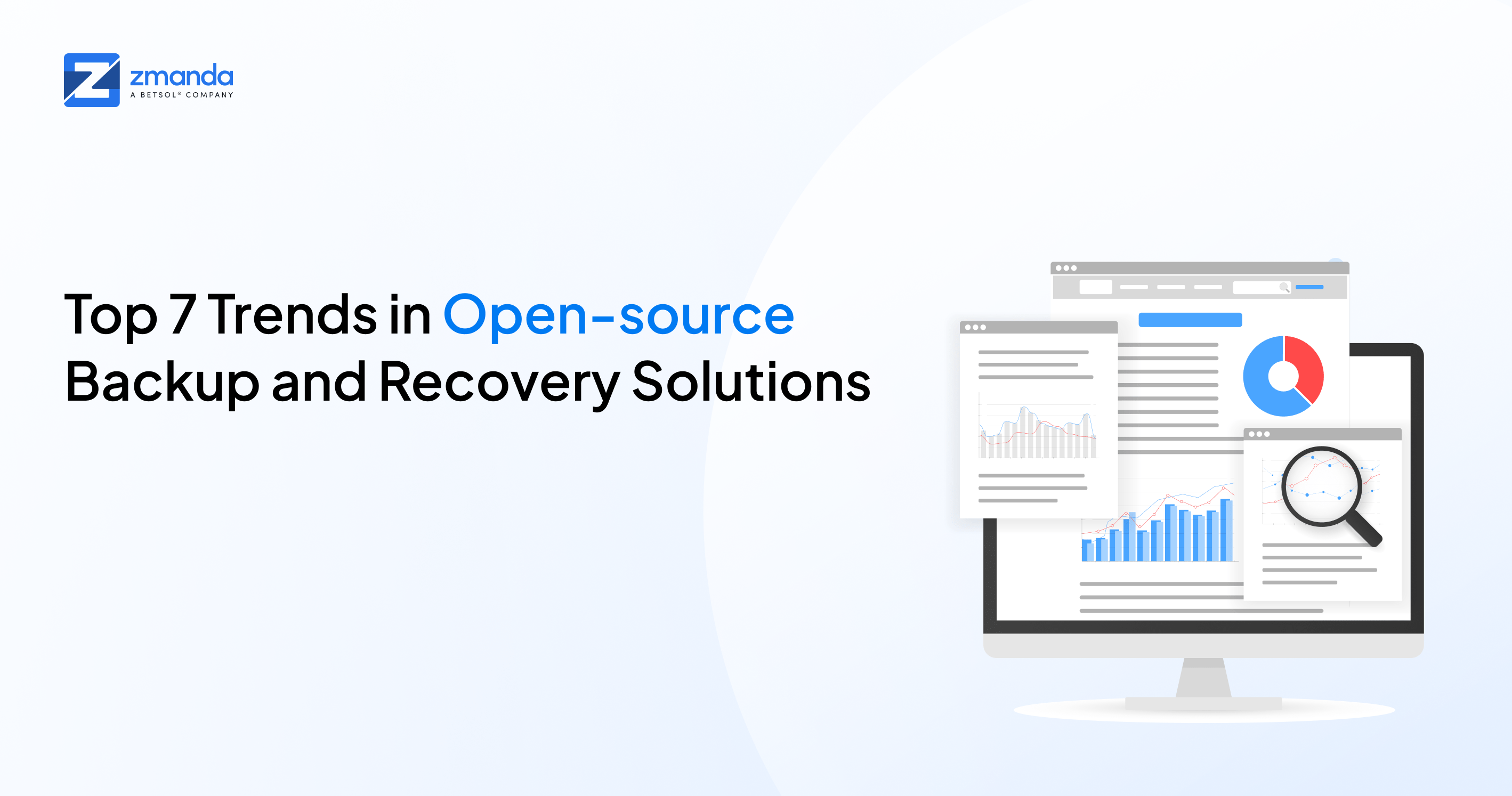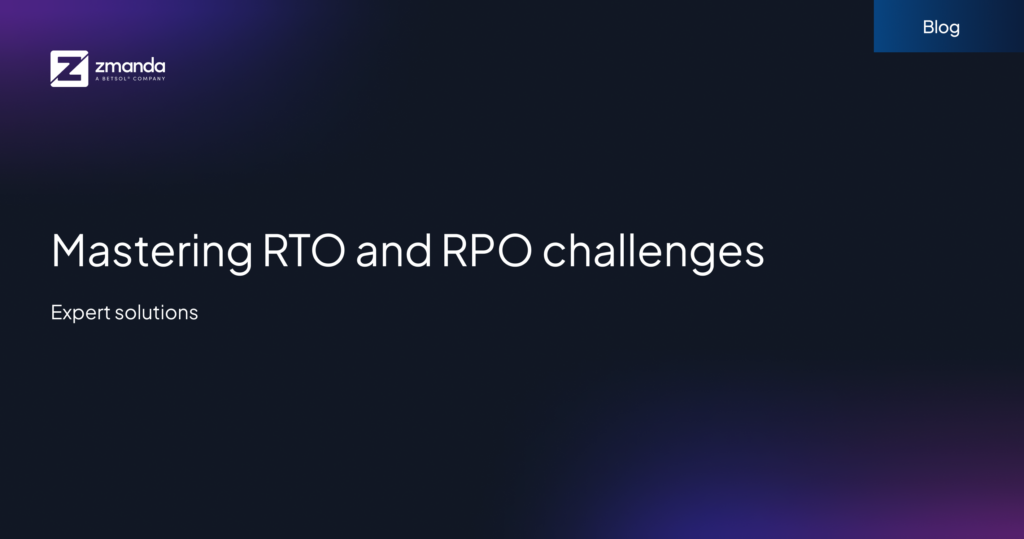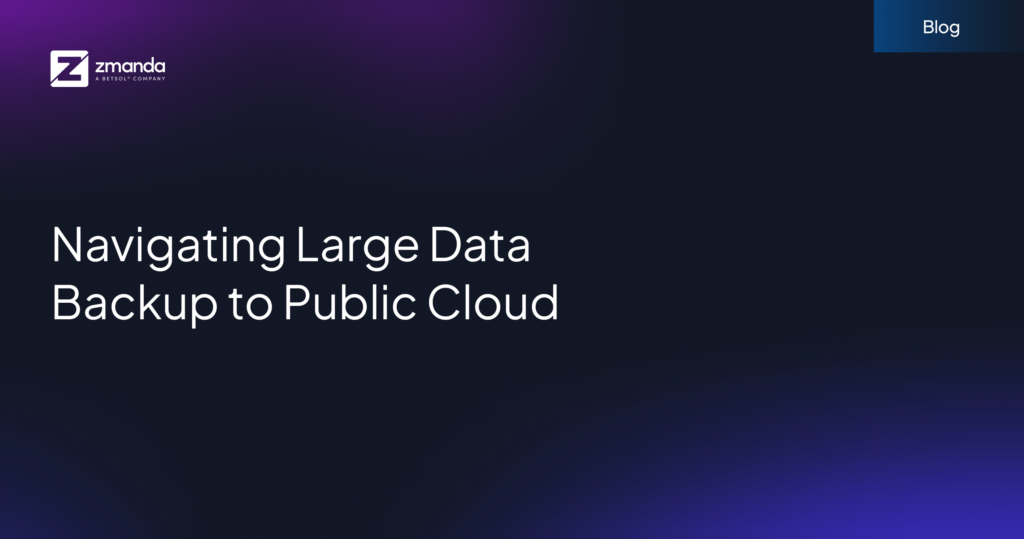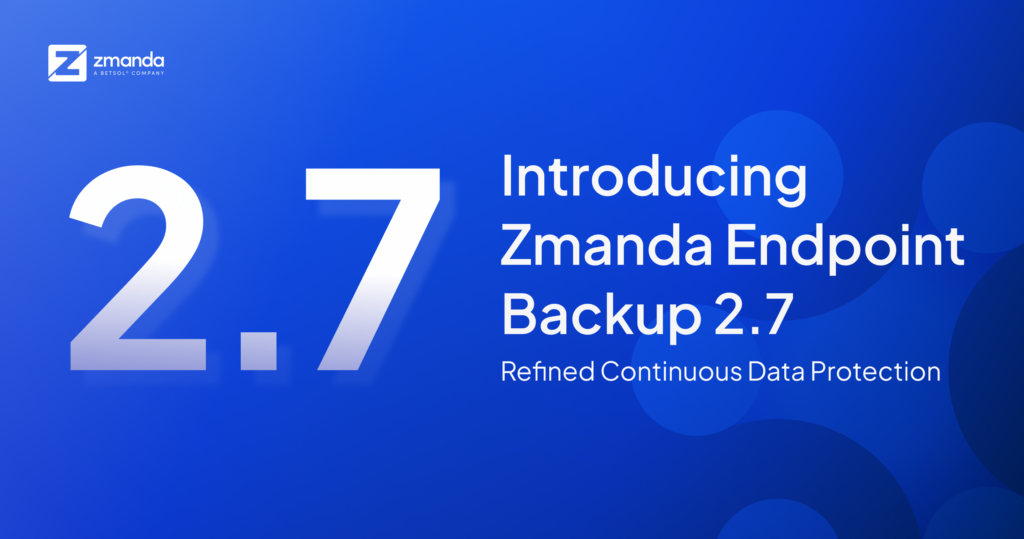
For businesses, safeguarding crucial data and ensuring uninterrupted operations rely heavily on backup solutions. However, traditional backup solutions can be challenging given their complexity, time-consuming management, and high cost, especially for large enterprises.
Fortunately, open-source-based backup solutions have emerged as game-changers. They offer a cost-effective, flexible, and scalable alternative that empowers businesses to protect their data while customizing solutions to meet their specific needs.
Why Open-Source?
One of the main advantages of open-source backup solutions is that they offer greater transparency and control over the backup process. With proprietary backup solutions, enterprises are often locked into a specific vendor’s system, making it difficult to make changes or customize the solution to fit their needs. Open-source backups, on the other hand, provide access to the underlying code, allowing enterprises to modify and customize the solution to meet their specific requirements.
Let’s take a look at the top seven trends in open-source backup and recovery solutions that businesses should be aware of.
1. Cloud Integration
With seamless cloud integration, open-source backup solutions can automatically back up data to the cloud, ensuring that critical data is protected and easily accessible from anywhere. Additionally, cloud backup solutions enable businesses to reduce the need for on-premise storage, which can be costly and difficult to manage.
As the demand for cloud backup solutions grows, open-source backup and recovery solutions that offer seamless cloud integration will become even more critical for businesses of all sizes. The ability to easily and securely back up data to the cloud will provide businesses with the peace of mind they need to focus on their core operations and remain competitive in today’s digital landscape.
2. Automation
Automation is an essential aspect of open-source backup and recovery solutions. It allows businesses to streamline their backup processes and reduce the manual effort required to manage backups. Automated backup processes can also help reduce the risk of human error, which is a significant cause of data loss. By automating backup processes, businesses can ensure that backups are taken at regular intervals and that data is securely stored offsite.
Furthermore, automation enables businesses to easily manage their backup policies and schedules. With the help of automated backup processes, businesses can set up backup schedules, retention policies, and data lifecycle management rules that fit their specific needs.
3. Machine Learning
Machine learning has been making significant strides in the field of data backup and recovery. Open-source backup solutions that incorporate machine learning algorithms can monitor data changes and predict potential data loss scenarios based on patterns in user behavior, application performance, and system health.
By analyzing large amounts of data, these solutions can identify potential threats to the data and respond with proactive measures to prevent data loss. For instance, machine learning algorithms can identify patterns of data access and alert administrators to unusual activity, such as sudden data transfers or unauthorized access attempts.
4. Continuous Data Protection
Continuous data protection (CDP) is an advanced data backup technology that enables enterprises to recover data from any point in time. Unlike traditional backup solutions that create periodic backups, CDP captures and stores every change made to data in real time, ensuring that businesses can restore their data at any time. This is particularly useful for businesses that require immediate data recovery in the event of a disaster or cyberattack.
Open-source backup and recovery solutions are increasingly incorporating CDP technology, providing businesses with more comprehensive data protection. With CDP, businesses can recover data up to the last transaction, even if it was made just a few seconds ago, minimizing the risk of data loss and maximizing business continuity.
5. Backup as a Service (BaaS)
Backup as a Service (BaaS) is a cloud-based backup and recovery model that is gaining popularity among businesses of all sizes. With BaaS, businesses can outsource their backup and recovery needs to a third-party provider, which manages the entire process for them. This allows businesses to focus on their core operations and leave the backup and recovery tasks to the experts.
Open-source backup solutions that offer BaaS can be especially beneficial for small and medium-sized businesses (SMBs) that may not have the resources or expertise to manage their backup and recovery processes in-house. Additionally, BaaS can be more cost-effective than traditional backup solutions because it is typically priced on a subscription basis, with businesses only paying for the amount of storage they use.
6. Hybrid Backup
Hybrid backup has become a popular trend in the open-source backup and recovery space due to its ability to offer the best of both worlds. Businesses with complex IT environments can benefit from hybrid backup solutions, as they provide the flexibility to back up data to both on-premises and cloud storage.
Hybrid backup solutions also allow businesses to optimize their backup strategy based on their specific needs. For example, they can choose to back up their most critical data to both on-premises and cloud storage, while less critical data can be backed up to only one location. This approach to data backup provides redundancy and ensures that businesses have multiple copies of their critical data.
7. Disaster Recovery
Disaster recovery is a critical aspect of backup and recovery, and it’s a trend that is gaining importance in the open-source space. Open-source solutions that offer disaster recovery capabilities can help businesses quickly recover from data loss due to natural disasters, cyberattacks, and other catastrophic events.
Way Forward With Zmanda
Open-source backup and recovery solutions are evolving rapidly, and businesses that stay up-to-date with these trends can gain a competitive advantage.
In addition, staying up-to-date with the latest trends in open-source backup and recovery can help businesses prepare for emerging challenges and threats.
Since 1991, Zmanda has been at the heart of the open-source backup and recovery community. Zmanda’s open-source version, Amanda Community, makes it an attractive choice for customers in the education and government sectors, who value the ability to test and integrate our product in their environment with zero-cost proofs-of-concept. The backups are done in open formats, which means you control your data and avoid vendor lock-in. It’s high time to free yourself, and go open-source! Contact us today or sign up for a free demo.


